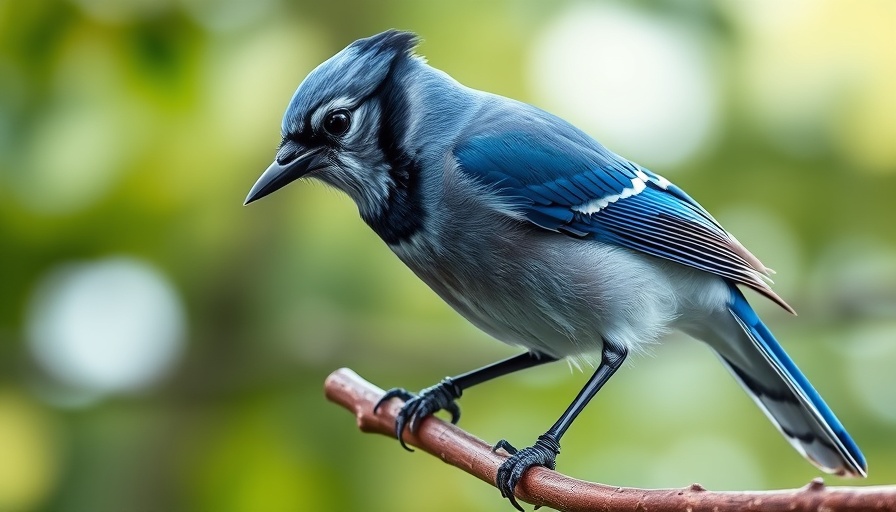
Ohio's Ongoing Battle with Bird Flu: A State Under Siege
Governor Mike DeWine has recently brought attention to the escalating issue of highly pathogenic avian influenza (HPAI) in Ohio. The timeline is grim: since Christmas Eve, over 15.5 million birds have been euthanized as a preventative measure against the disease, which has significantly impacted local agriculture and egg supply chains. An alarming 30% of the state's egg-laying birds have been lost, raising concerns about future egg availability and prices.
Hope Amid Adversity: The Decline in Infection Rates
Despite the staggering losses, there is a notable silver lining. Recent updates indicate a slow decline in detection rates for the virus, providing a flicker of hope to farmers and governmental officials. This positive trend could lead to eventual stabilization in the poultry sector, but the road remains long.
The Federal Call for Action: Speeding Up Vaccine Research
In a recent meeting with local agricultural leaders, Governor DeWine urged federal authorities, particularly the U.S. Department of Agriculture (USDA), to expedite vaccine research for bird flu. "An effective vaccination strategy is critical to control this outbreak," stated Dr. Dennis Summers from the Ohio Department of Agriculture. His words reflect the urgent need for implementing comprehensive vaccination programs to safeguard the health of poultry flocks across the state. However, practical details on vaccine deployment remain sparse, and concern lingers over its safety and efficacy.
Economic Implications: What the Future Holds for Ohio Farmers
The economics of egg production is in turmoil. With consumers still demanding eggs, the shortage will likely keep prices elevated until repopulation efforts can restore normal supply levels. Farmers are working diligently to disinfect and prepare barns for new flocks, but as Jim Chakeres from the Ohio Poultry Association noted, such processes take time. The federal government has initiated compensation plans for affected farmers, but many continue to bear losses from previous outbreaks.
Conclusion: The Urgent Need for Community Awareness and Action
This situation not only grasps the agricultural community but also impacts all Ohioans. Awareness and support for vaccine research as well as economic recovery efforts are imperative. Staying informed about the evolving dynamics of bird flu can help consumers prepare for potential changes in availability and market prices.
Advocacy for faster action from the federal government is crucial for Ohio’s poultry industry. Interested parties can contribute by voicing their concerns to local representatives and pushing for enhanced research funding and initiatives.
 Add Row
Add Row  Add
Add 




Write A Comment